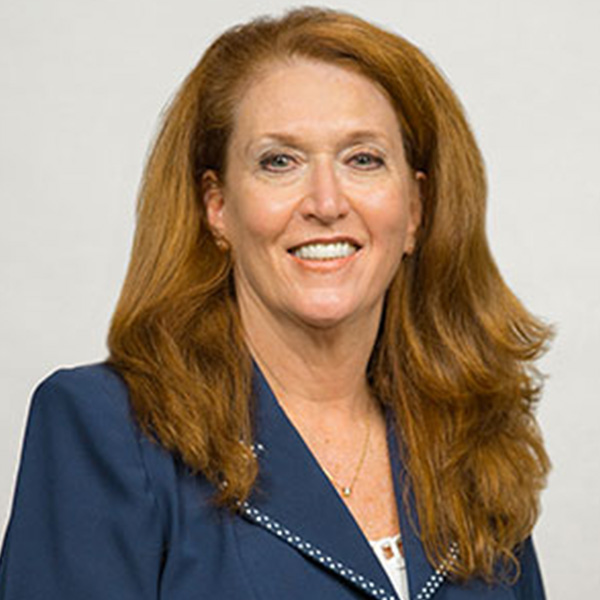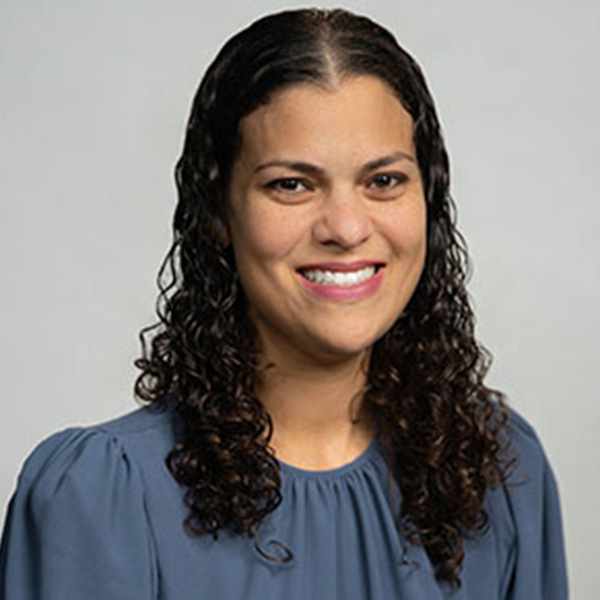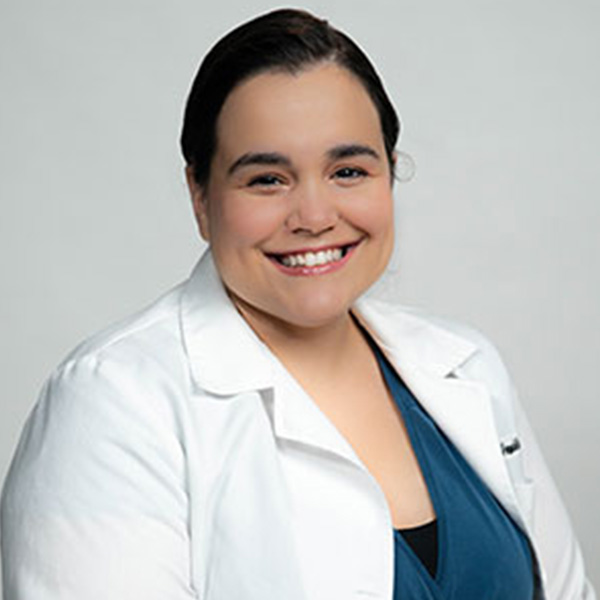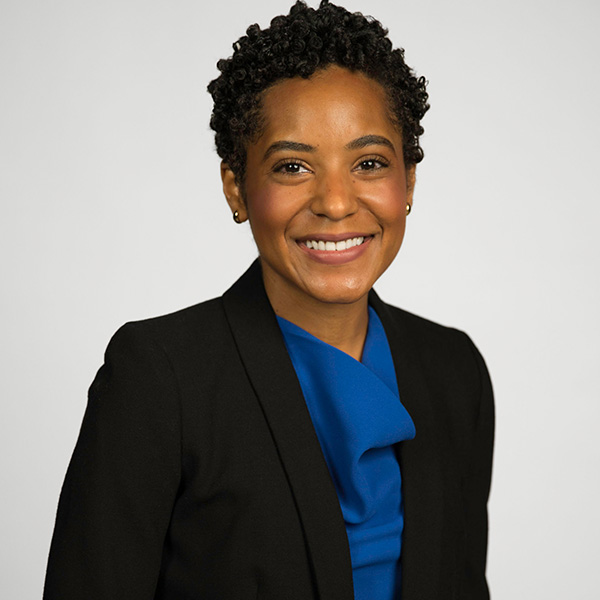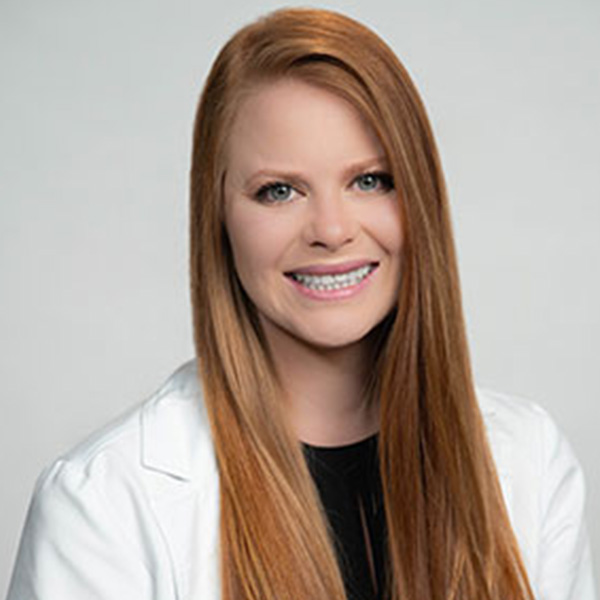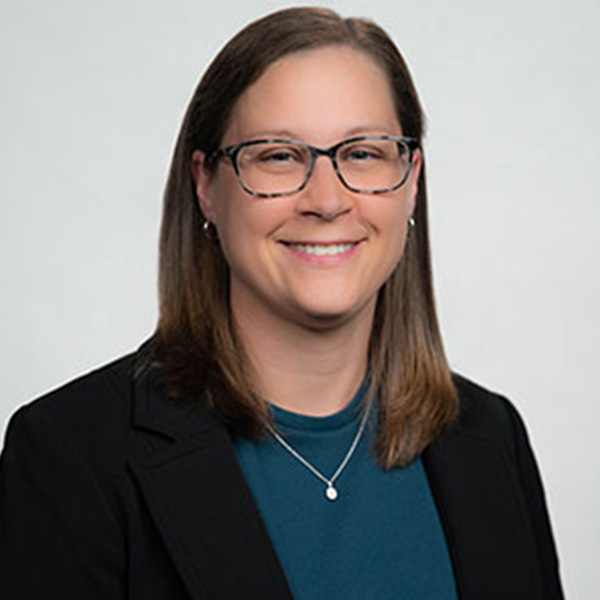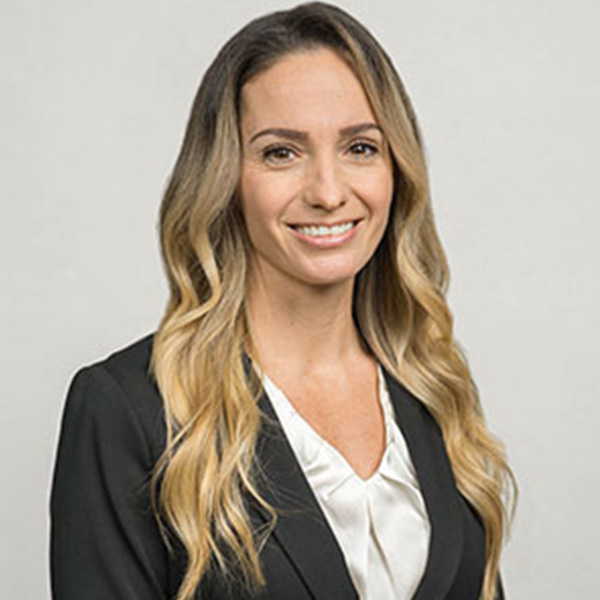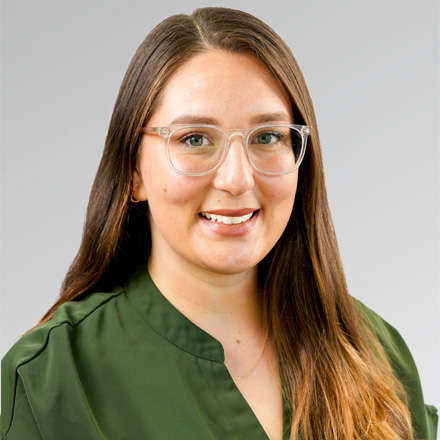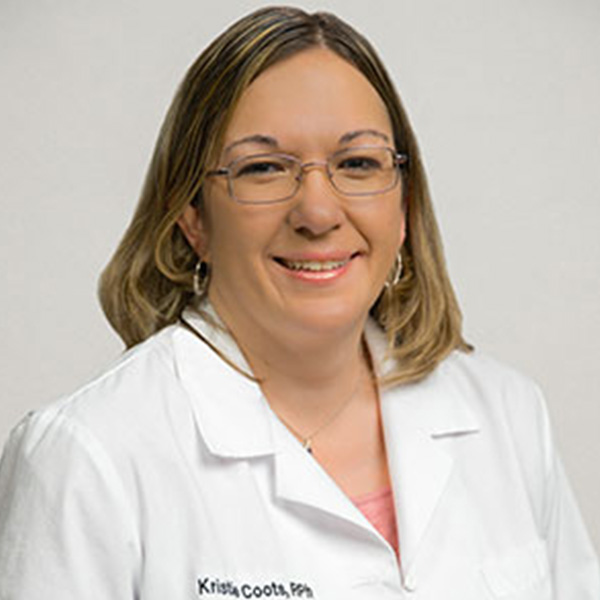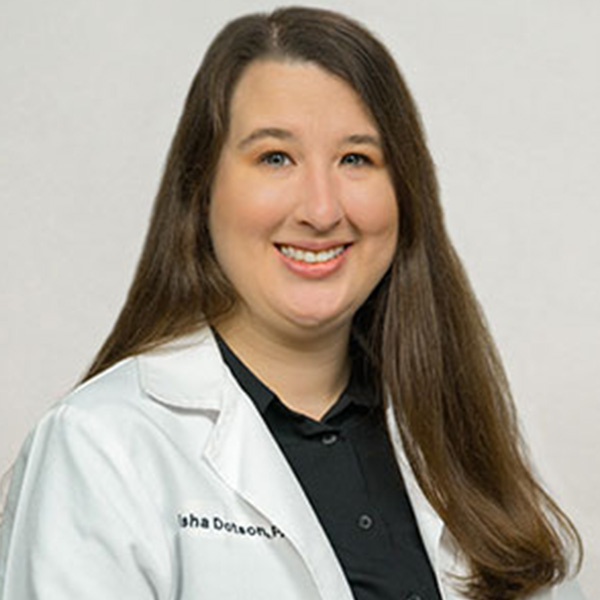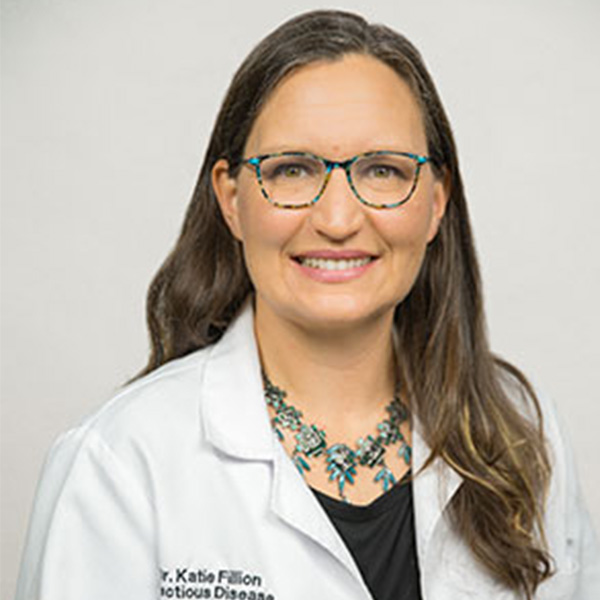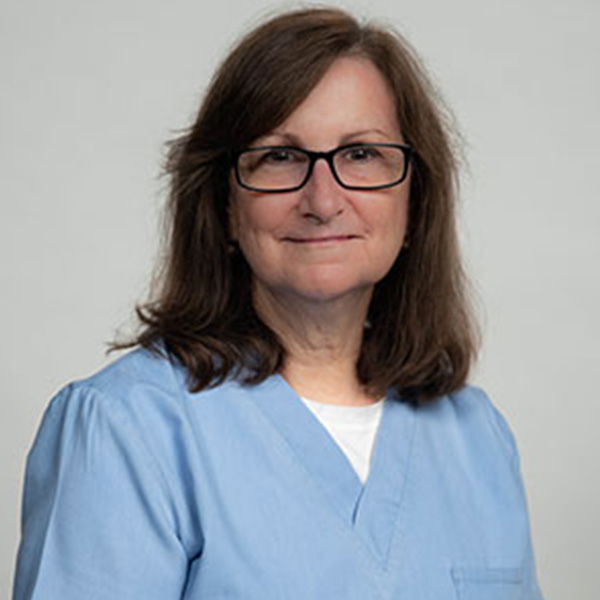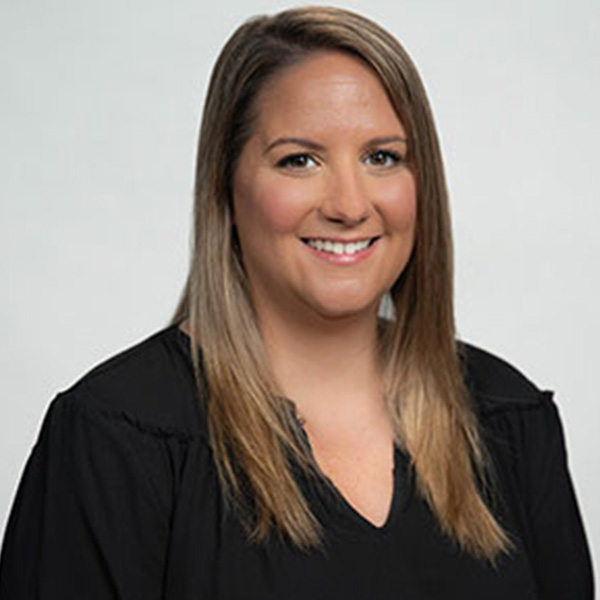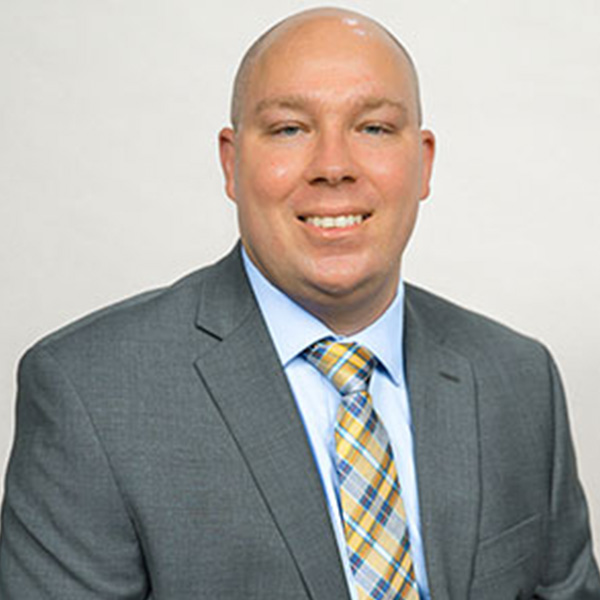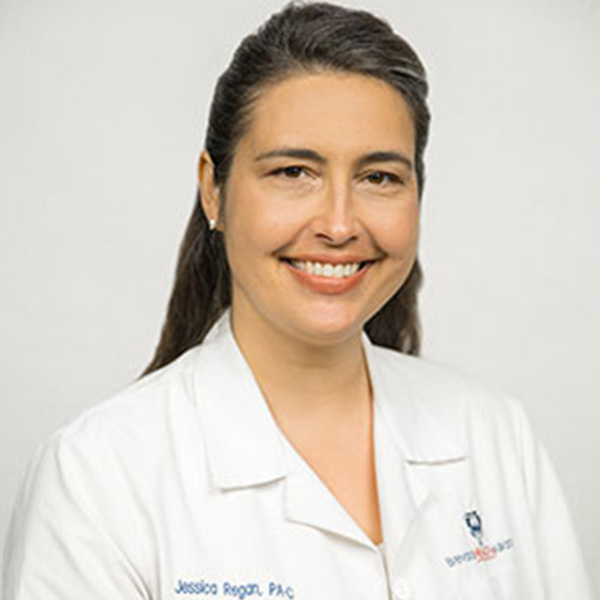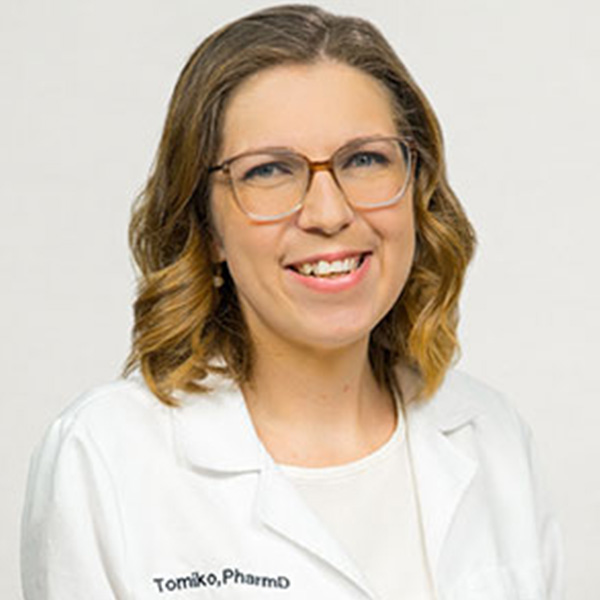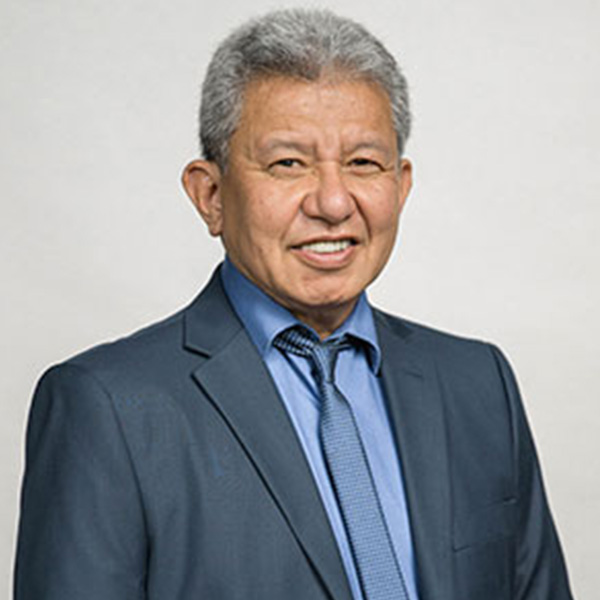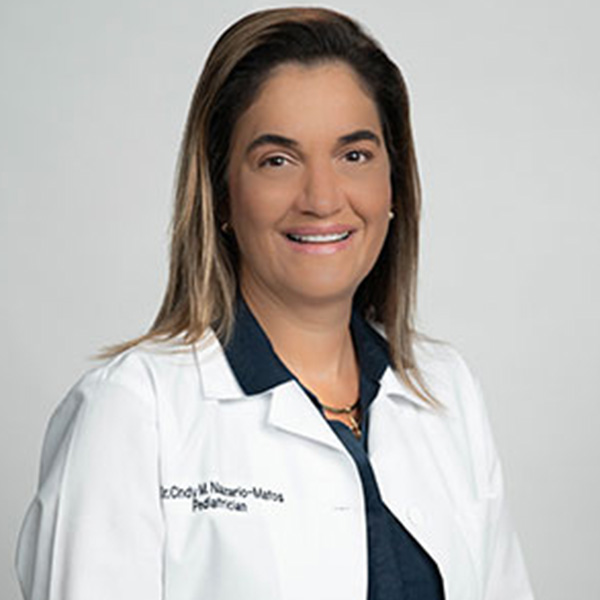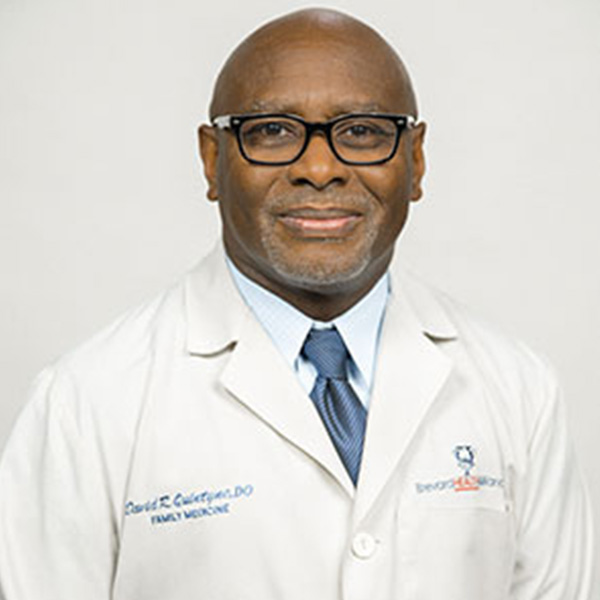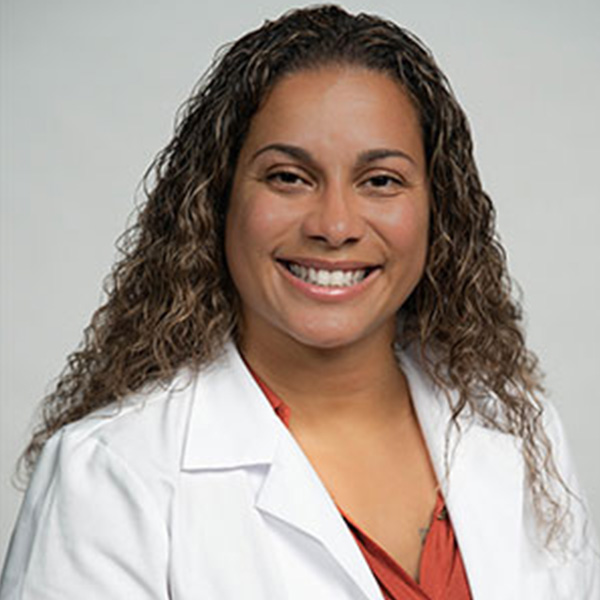Identifying ADHD
How much do you know about ADHD? A complex neurodevelopmental disorder, attention deficit hyperactivity disorder (ADHD) is widely misunderstood. In fact, even though it affects both children and adults, the symptoms can be hard to recognize. There’s no single test used to diagnose this condition, but it can affect a person’s ability to function in many different aspects of life, including school, work, and even home. How is ADHD identified? If you’re concerned that you may have this condition, do you know how to get diagnosed with ADHD?
What is ADHD? Attention deficit hyperactivity disorder is a chronic condition that causes a lack of focus, overactivity, inability to control behavior, or a combination of these things. While people sometimes think they have ADHD because they have trouble staying on task, it actually only affects somewhere between five and 11 percent of the population of the United States. For the previously stated issues to be diagnosed as ADHD, they have to be outside of the normal range of behavior for that person’s age and developmental stage.
When people have ADHD, they struggle with a group of skills known as executive function. They have difficulty getting organized, following directions, and managing their emotions. Sometimes ADHD symptoms are mistakenly considered a sign of laziness or a lack of willpower, but that’s a myth. Most people with ADHD do their best to focus and manage their impulses, but they have trouble dealing with these issues. Some other ADHD myths include believing that it only affects boys or it’s something kids just grow out of as they reach adulthood. The truth is, both boys and girls can have ADHD, and ADHD often lasts throughout adulthood, affecting both men and women. Experts aren’t sure what causes ADHD, but many believe it’s likely a combination of genetic and environmental factors. Using imaging studies, scientists have determined that the brains of children who have ADHD are different from the brains of children who don’t have this condition.
Something that can muddle the recognition of ADHD is that there are different types of ADHD. In fact, there are three presentations of ADHD: predominantly inattentive, (also called ADD), predominantly hyperactive-impulsive, and combined. Symptoms can change over time and presentation may change as well, but to be diagnosed with ADHD, a person must have certain symptoms. For children up to 16 years old, six of the following symptoms must be present for at least six months. With adult ADHD symptoms, five or more must be present for that length of time.
- Inattentive presentation:
- Failure to give close attention to details, making careless mistakes at school, at work, and with other activities.
- Trouble keeping attention on tasks or play activities.
- Appearing not to listen when directly addressed
- Failure to follow through on instructions or finish schoolwork, chores, or duties. Propensity for getting side-tracked or losing focus.
- Difficulty organizing tasks and activities.
- Reluctance or avoidance towards tasks that require sustained mental effort, like schoolwork or homework.
- Tendency to lose necessary items like school materials, pencils, books, tools, wallet, keys, paperwork, glasses, or cellphone
- Distractibility
- Forgetfulness in daily activities
- Hyperactive-impulsive presentation:
- Fidgeting, tapping hands or feet, squirming in seat
- Leaving seat when remaining seated is the expectation
- Running or climbing when it’s not appropriate
- Inability to play quietly
- Acting “on the go” as if “driven by a motor”
- Excessive talking
- Blurting out answers before the question has been completed
- Difficulty waiting to take turns
- Interrupting or intruding on others’ conversations or games
There are some additional conditions that must be met for an ADHD diagnosis, including that several of these symptoms were present before the age of 12. Further, these symptoms must be observed in more than one setting and must clearly interfere with or reduce the quality of function in social settings, school, or work. The symptoms can’t be the result of another disorder, like anxiety, dissociative disorder, a mood disorder, or a personality disorder.
Typically, people receive a diagnosis of ADHD during childhood, but sometimes the signs are overlooked or misinterpreted as misbehavior or immaturity. Fortunately, an expert can spot the signs of ADHD in adults. Because of the added responsibilities of adulthood, adults can present differently than children, but it’s the same underlying disorder. For instance, rather than running and climbing, adults may exhibit extreme restlessness or wear people out with their activity. Adults with ADHD often experience difficulties at college or work, trouble passing classes or finishing tasks, issues with self-esteem, and frequent accidents or injuries. They might turn to substances like alcohol to self-medicate and often have relationship challenges with family members or co-workers.
If you or your child are diagnosed with ADHD, there are treatment strategies that can be put in place to help. For children, behavioral management and interventions and organizational skills training can be used, with or without medication. Similarly, treatments for adults can include medication but also psychotherapy, education or training, or a combination of all of these management strategies. Consulting with a behavioral health specialist can help a person gain more control over his or her ADHD.
Whether you need a primary care physician or a behavioral health specialist, Brevard Health Alliance, Inc. is here for you. Brevard County’s only Federally Qualified Health Center, BHA offers extensive health care services on a sliding-fee scale, so that we can treat residents regardless of their ability to pay. We’re committed to providing an extraordinary quality of care for our patients in order to improve the health status of Brevard County. Our focus is on continually improving the quality and efficiency of our care, and on ensuring that every patient we serve is heard, encouraged, and respected. As your family health care provider, we strive to provide not just acute care but also preventive care and health care related education. Our board certified physicians, advanced practice nurse practitioners, and physician assistance provide primary care that includes well child checkups, well woman care, and physicals, along with chronic disease management. In fact, since 2005 we’ve provided not only primary care services, but also behavioral health services, dental services, diagnostic services, resource management services, pharmacy services, women’s health care and obstetrics, Hepatitis C and HIV services, extended hours pediatric walk-in care, and specialty referrals. For more information, to find a location, or to make an appointment, contact us through our website.
















